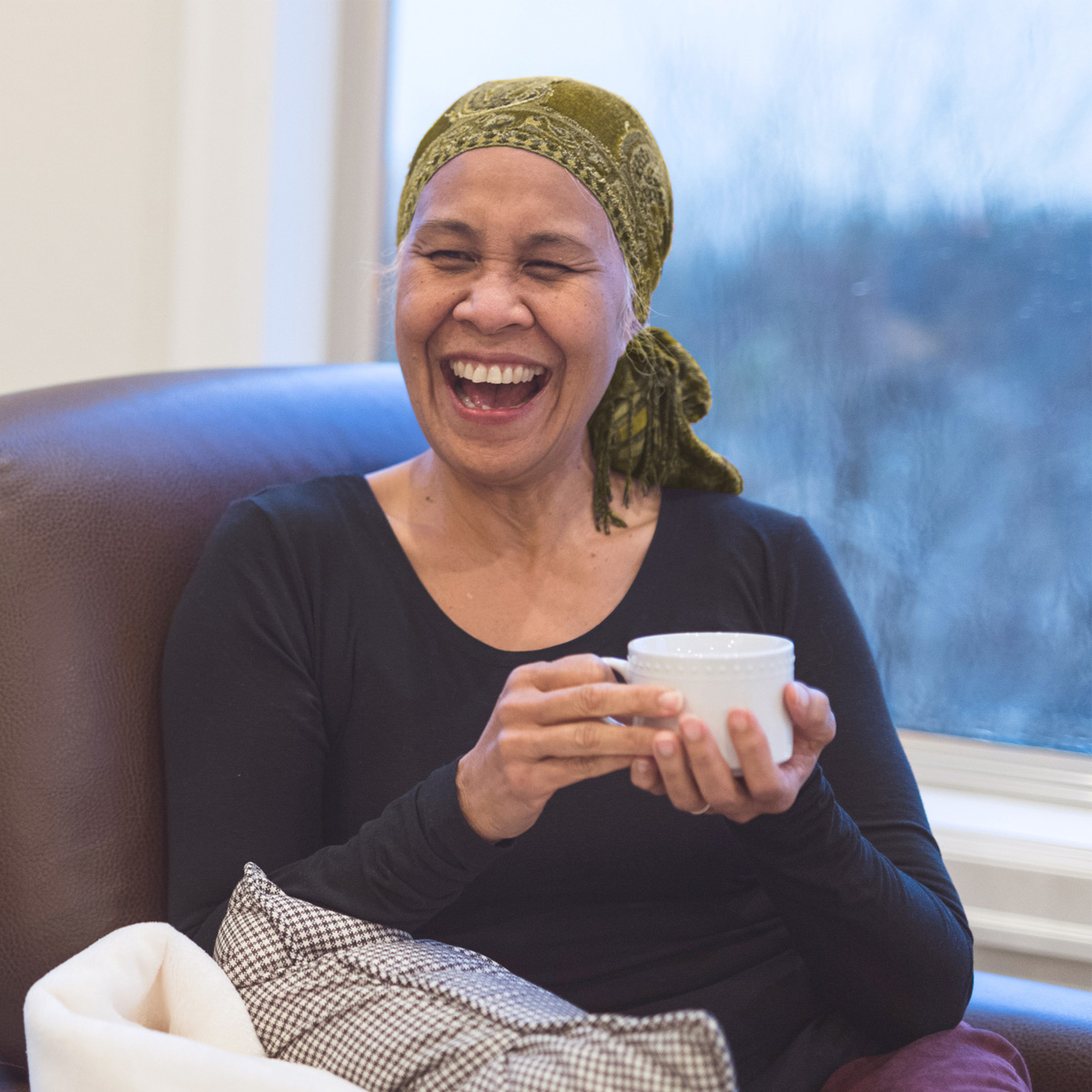With one in three Australians reporting they’ve had a family member receive palliative care, it’s important for all of us to have important conversations with our loved ones and determine the best plan to maintain their quality of life while dealing with a life-limiting or terminal illness.
Palliative care is more than only end-of-life care and physical symptom management. Palliative care is an approach that improves quality of life for patients and their families facing problems associated with a terminal illness. Care service providers can help prevent and relieve suffering by treating pain and other symptoms including physical, emotional, social and spiritual.
To help you understand palliative care, we have debunked four common palliative care myths.
Myth 1: Palliative care quickens death
Palliative care aims to maintain quality of life for people with a life-limiting illness. It is about living in a way that is meaningful to you, within the constraints of your illness. It’s not simply about dying. One reason that some people don’t access palliative care services early – or at all – is because they fear that it means they have given up hope or are going to die soon. This is certainly not the case for everyone referred to palliative care.
Myth 2: You can only receive palliative care in a hospital
You can have palliative care in different places depending on your situation, where you live, and whether you have family or friends who can help. In many cases, you and your family can choose where you want to receive palliative care. This may be at home, at a residential aged care facility or other out-of-home facility, or it may be in a hospital or specialist palliative care unit (hospice). People receiving palliative care often move between these places as their needs change.
Myth 3: You can’t have cancer treatment while receiving palliative care
You can still have active treatment to shrink or stop the cancer growing while receiving palliative care. The palliative care team will work with your cancer specialists to manage side effects from treatment and help maintain your quality of life. Cancer treatments such as surgery, chemotherapy, immunotherapy, targeted therapy and radiation therapy may also be used as part of palliative treatment. In this case, the aim is not to control the cancer but to relieve symptoms
Myth 4: Palliative care means you will lose independence
Your palliative care team will discuss ways you can remain independent for as long as possible. For example, they may suggest modifications or services to help you stay at home (such as installing a ramp, so you don’t have to use steps) or recommend equipment to help conserve your energy (such as a walking frame). For many people, maintaining control over day-to-day decisions is important – the team will respect your wishes if you don’t want to take up their suggestions.
For more information
- For further information or to learn more about the support we provide contact our Cancer Nurses by calling our 13 11 20 information and support line.
- For information and support on palliative care, grief and loss please call our Palliative Care Information and Support Line on 1800 573 299.
- Learn more about the palliative and support care education we provide for health professionals.
